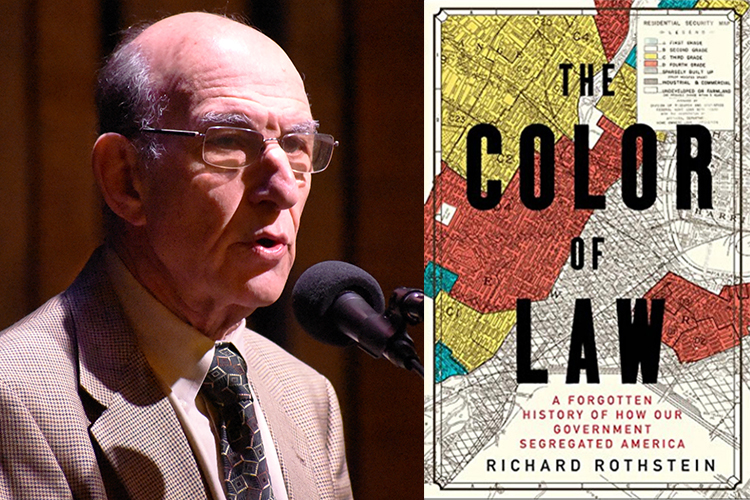preahvihearhotel.com – Richard Rothstein’s “The Color of Law: A Forgotten History of How Our Government Segregated America” is a seminal work that sheds light on the often overlooked role of government policies in the segregation of American cities. Published in 2017, this nonfiction book challenges the common perception that residential racial segregation in the United States is a natural or accidental outcome, arguing instead that it is a direct result of government actions and policies.
The Historical Context
The book traces the history of racial segregation in the United States, starting from the late 19th century and extending through the mid-20th century. Rothstein documents how various presidential administrations and federal agencies implemented policies that systematically segregated neighborhoods and communities. These policies were not only legal but were also enforced through the use of federal funds and regulations, making segregation a de jure rather than a de facto reality.
Key Arguments
Rothstein’s central argument is that the segregation of American cities is not a natural outcome of individual choices or economic forces but is the deliberate product of government policies. He identifies several key mechanisms through which the government promoted segregation:
- Federal Housing Policies: The Federal Housing Administration (FHA) and the Veterans Administration (VA) implemented policies that made it difficult for African Americans to obtain mortgages in certain neighborhoods. These policies effectively created “redlined” areas where banks and insurance companies refused to lend money, making it impossible for African Americans to purchase homes in these areas.
- Public Housing Policies: The construction of public housing projects was also used to segregate cities. These projects were often built in African American neighborhoods, further concentrating poverty and segregation in these areas.
- Urban Renewal: Programs like urban renewal were used to demolish neighborhoods, often displacing African American communities. The new developments that replaced these neighborhoods were often inaccessible to African Americans due to discriminatory lending practices and zoning laws.
Impact and Legacy
“The Color of Law” has been widely praised for its detailed analysis and its call to action. The book not only provides a comprehensive history of government-sponsored segregation but also argues that understanding this history is crucial for addressing the racial disparities that persist in American society today. Rothstein’s work has been influential in the fields of urban planning, law, and social policy, and it has sparked discussions about the need for more inclusive and equitable housing policies.
Conclusion
“The Color of Law” is a critical read for anyone interested in understanding the historical roots of racial segregation in the United States. By exposing the systemic nature of segregation, Rothstein’s work serves as a reminder of the importance of government accountability and the need for policies that promote equality and justice. As the nation continues to grapple with issues of racial inequality, “The Color of Law” provides a valuable historical context that is essential for informed public discourse and policy-making.
